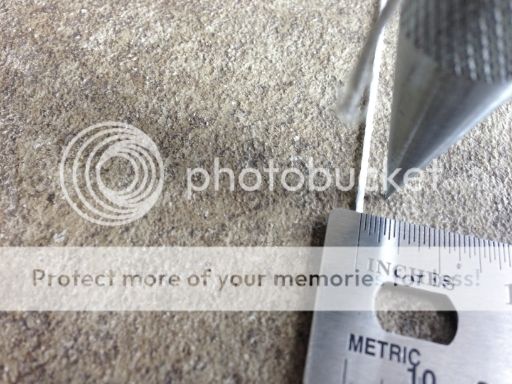CharlieWaffles
Well Known Member
I am a few weeks from attaching the wings to my fuselage. Is there any special rigging or checks that need to be done that are not spelled out in the Wing Attach section of the plans? Just follow the plans, install the bolts, drill the rear attach and that's it? I though I've heard of people doing specific rigging, measuring and plumb bobs to ensure the incidence and other parameters are right before drilling and bolting on the wings.





